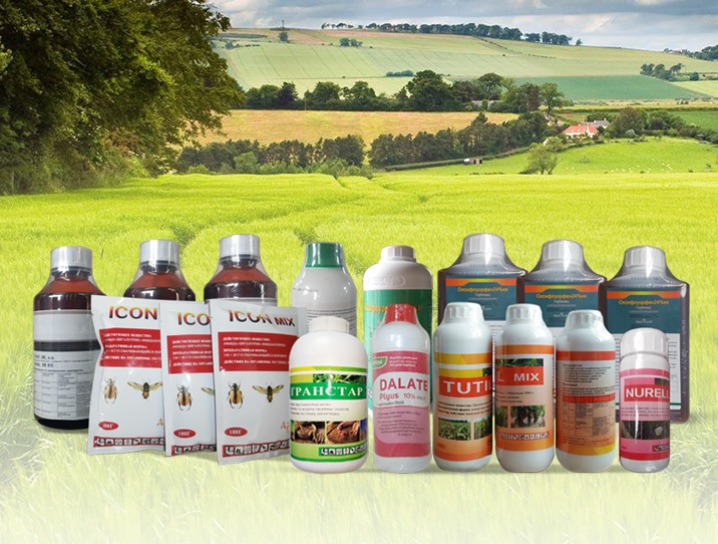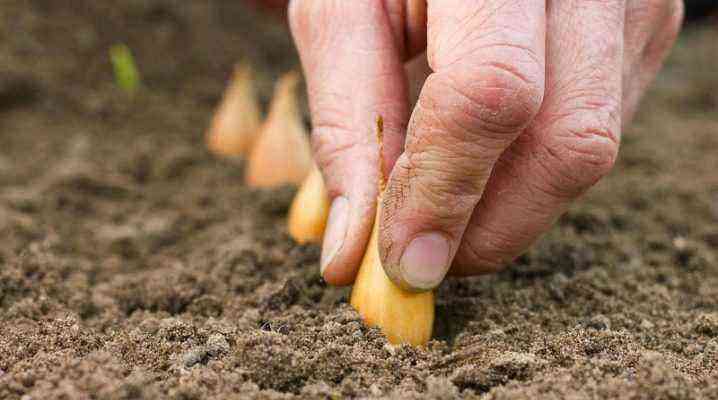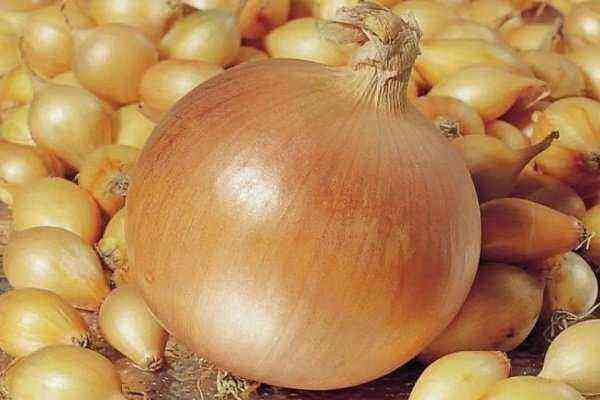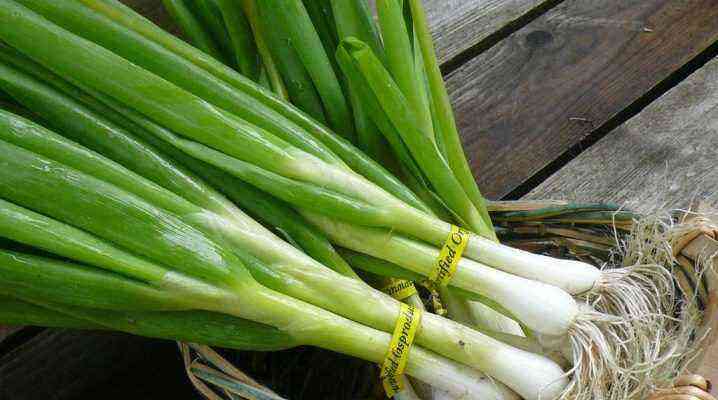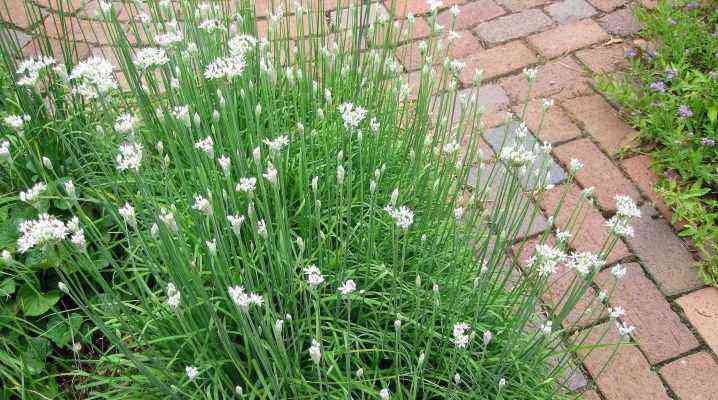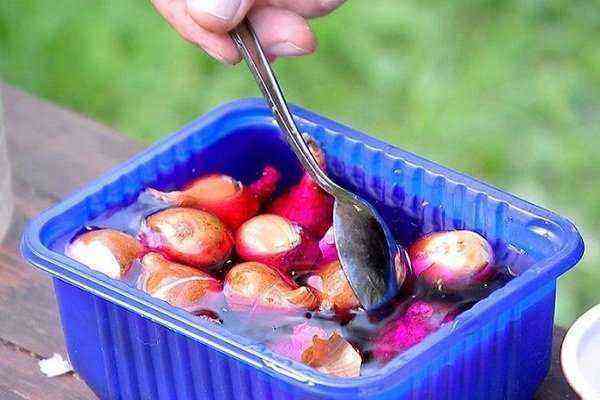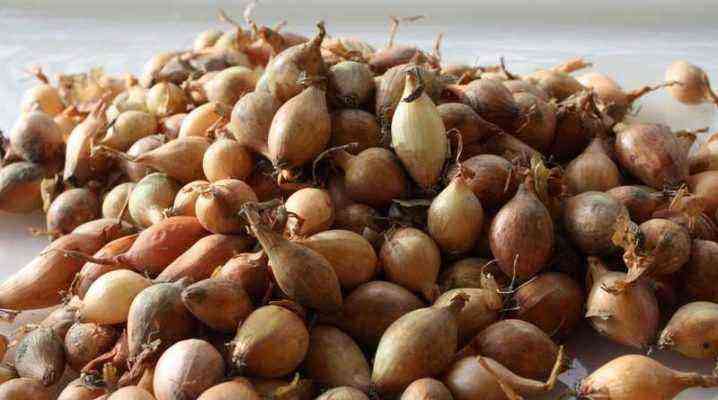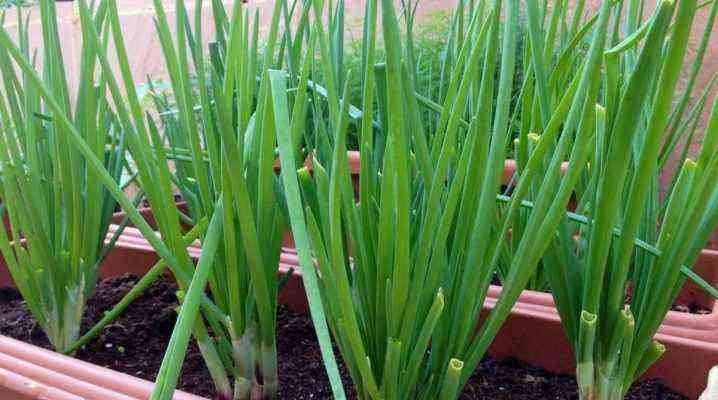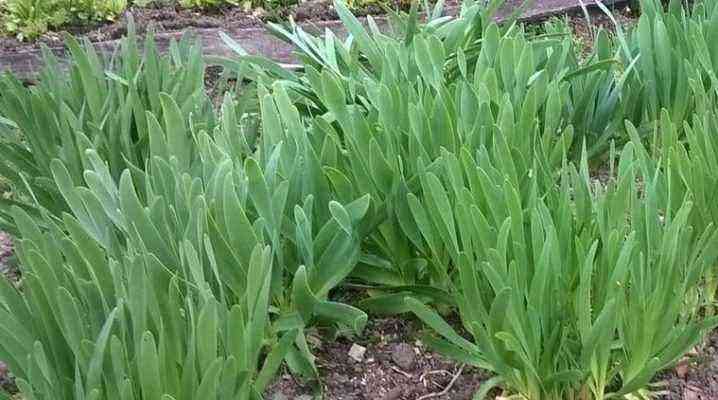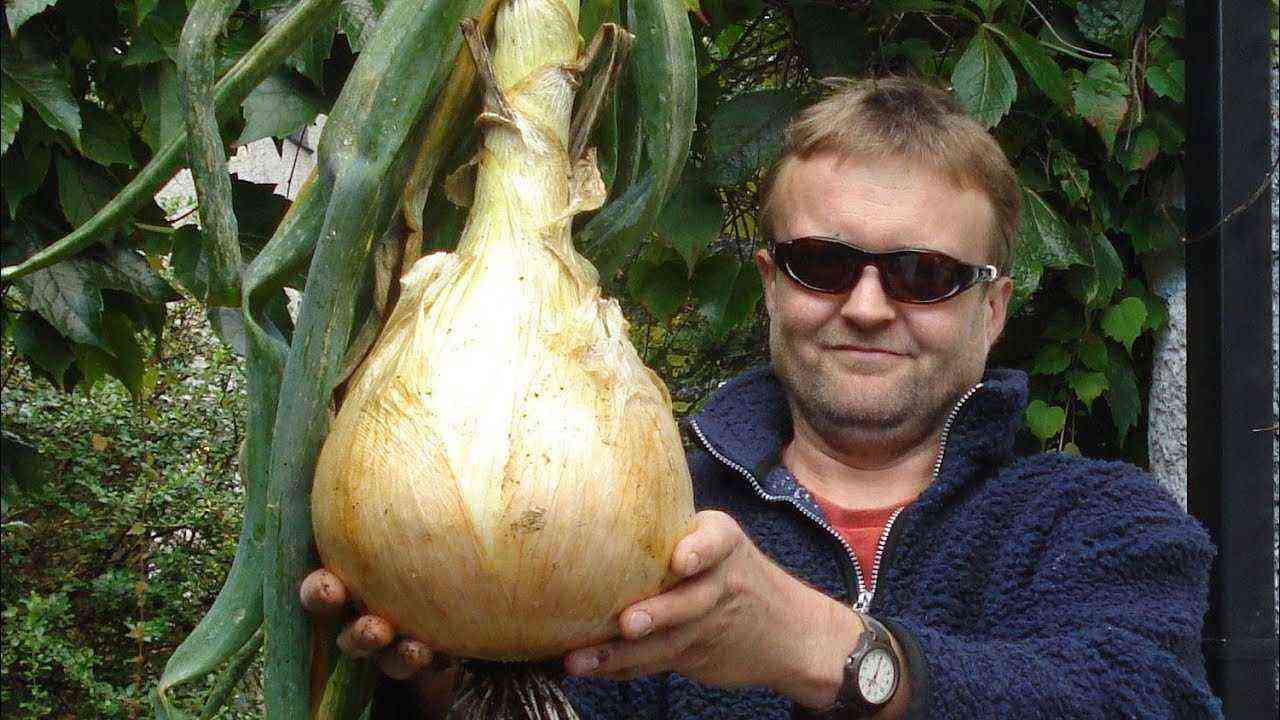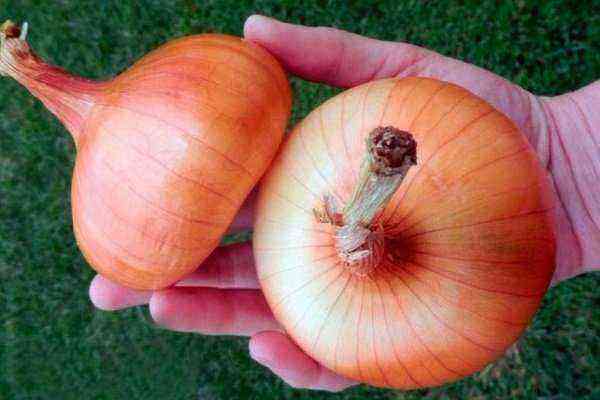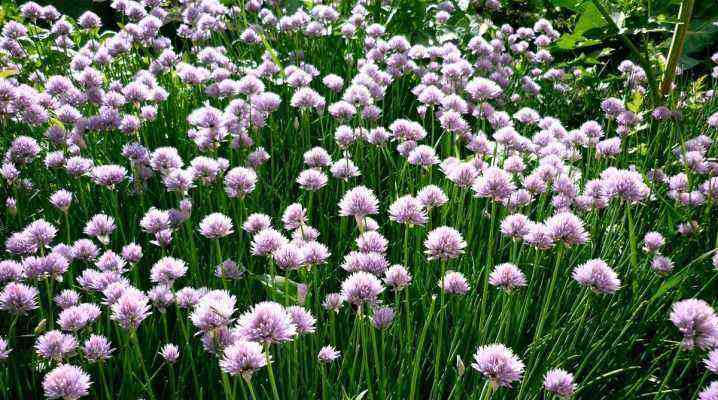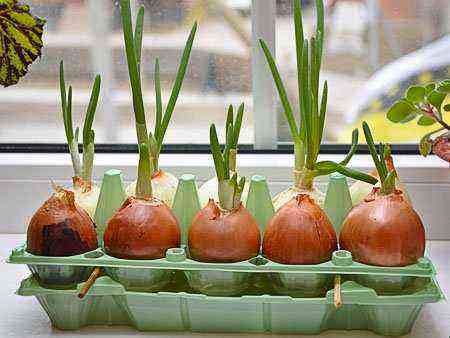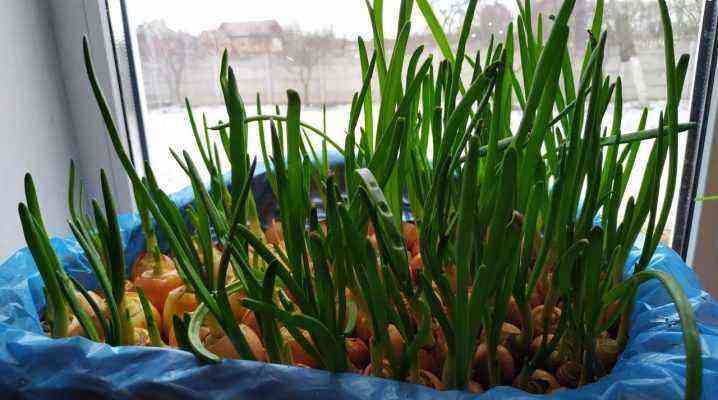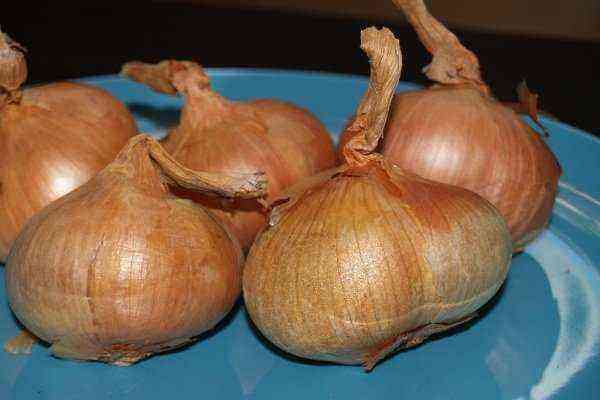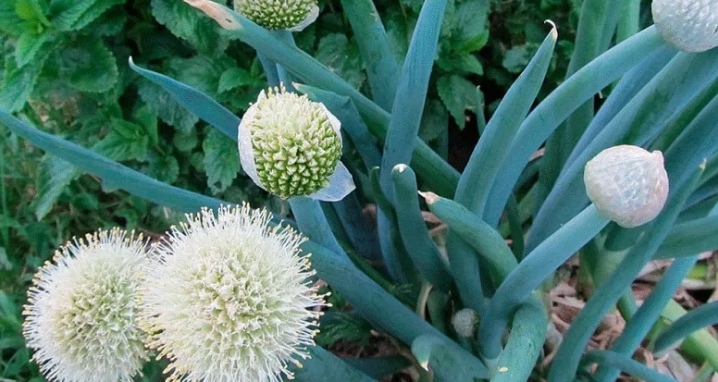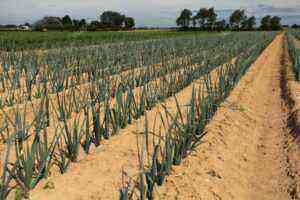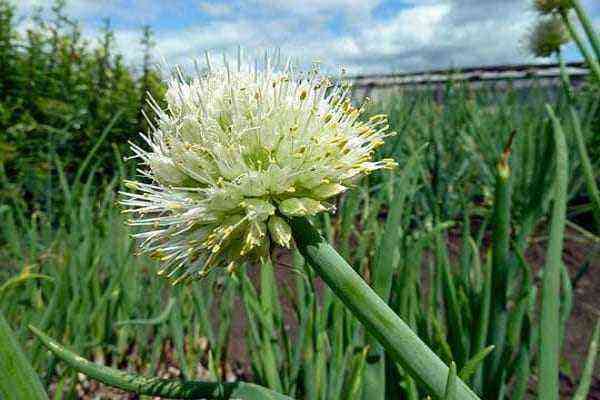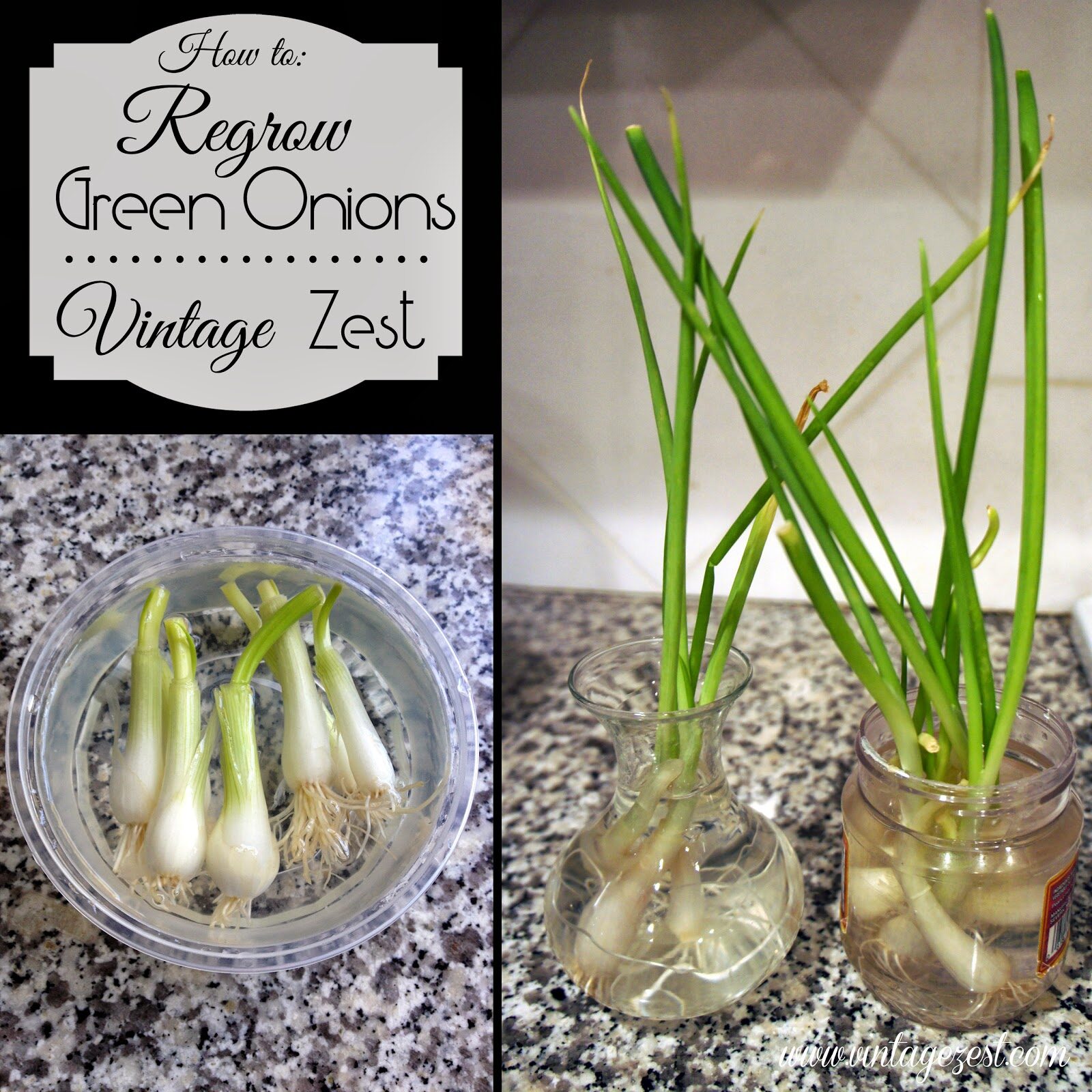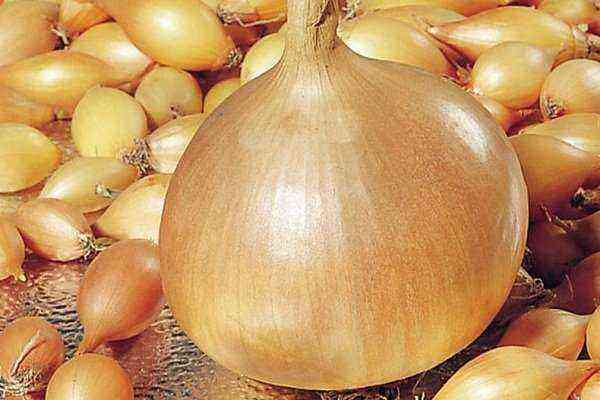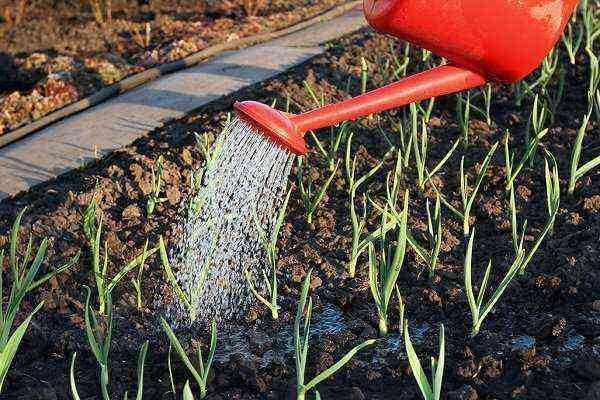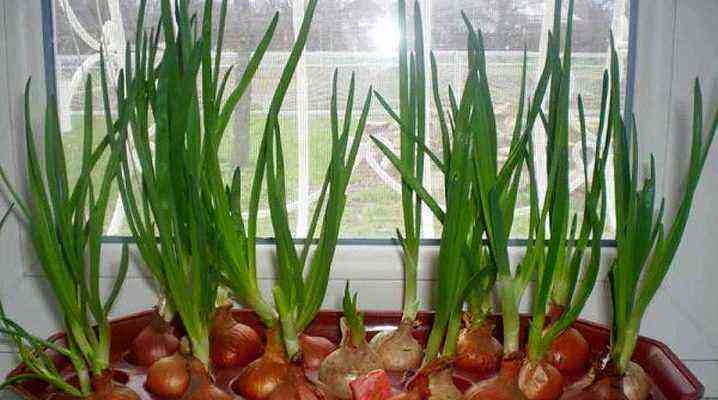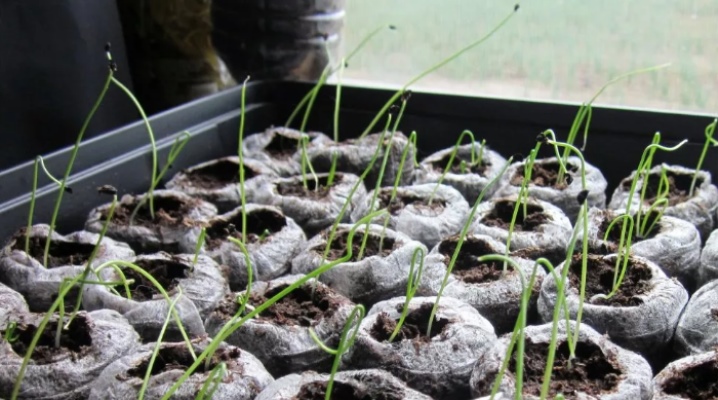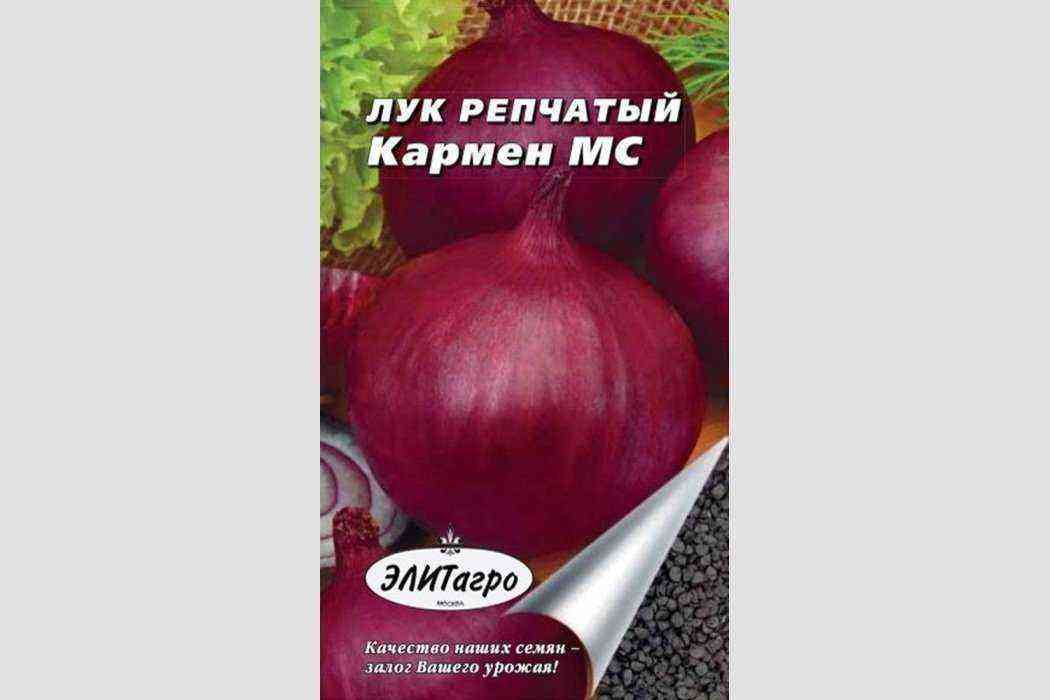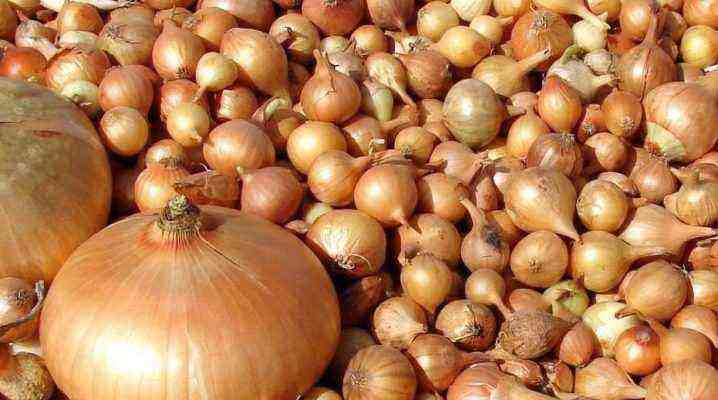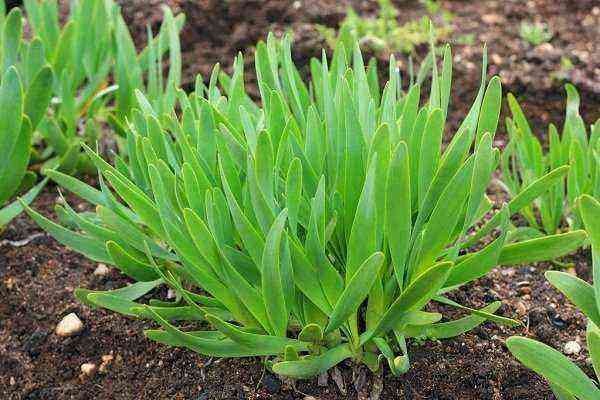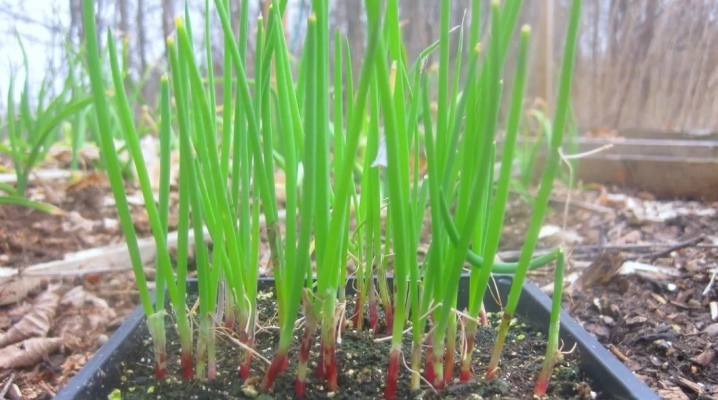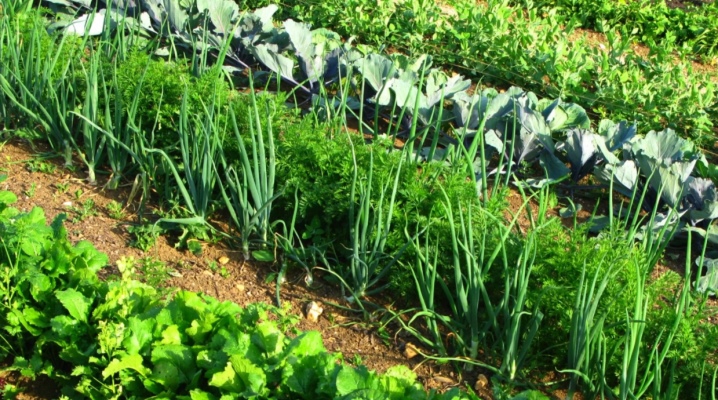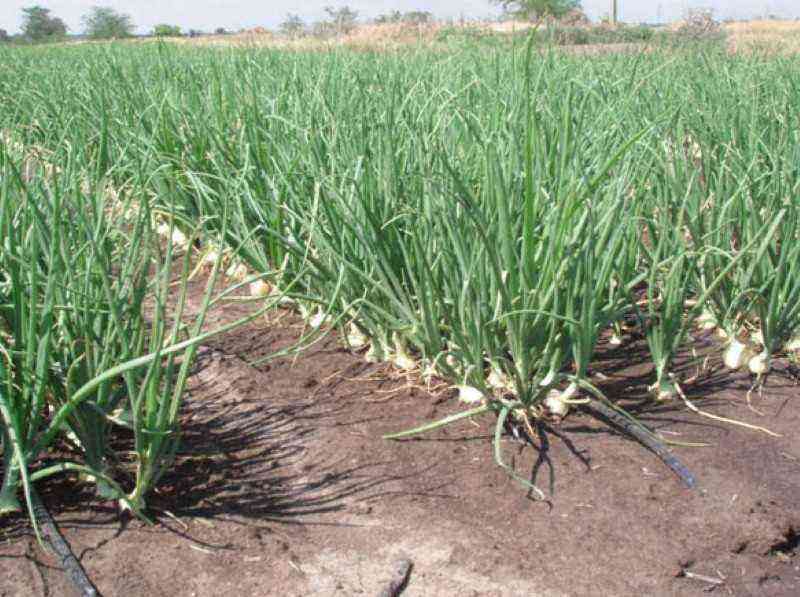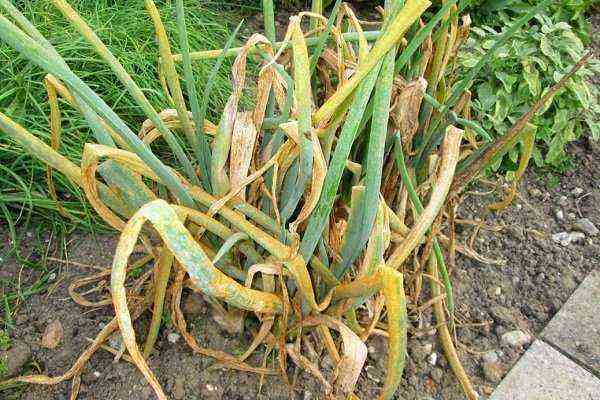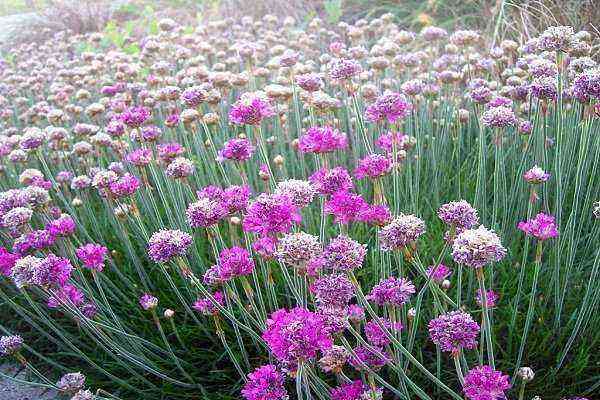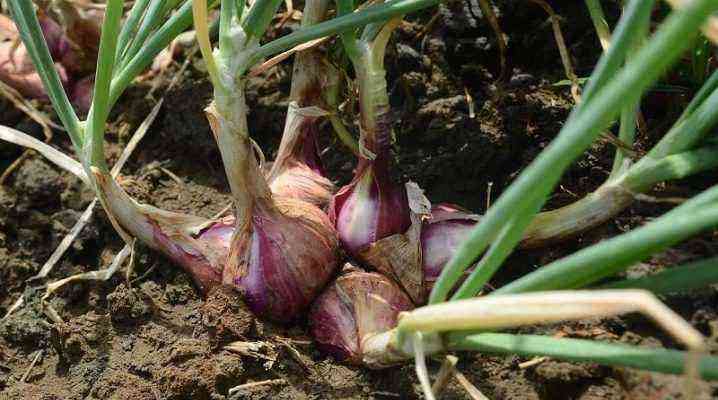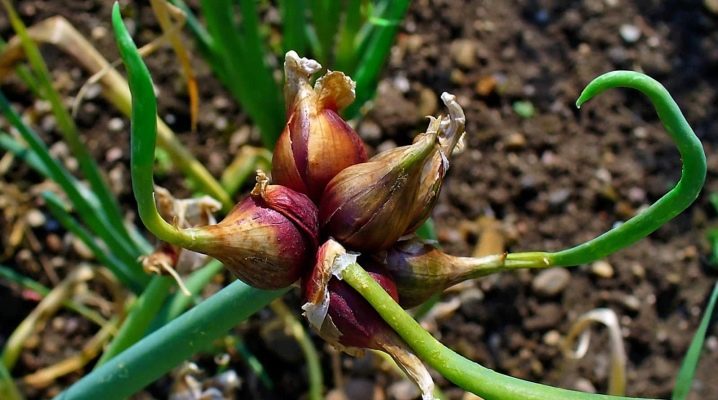
This article is devoted to the description of the multi-tiered onion and the features of its cultivation. The recommendations of experts will help in a short time to get a bountiful harvest.
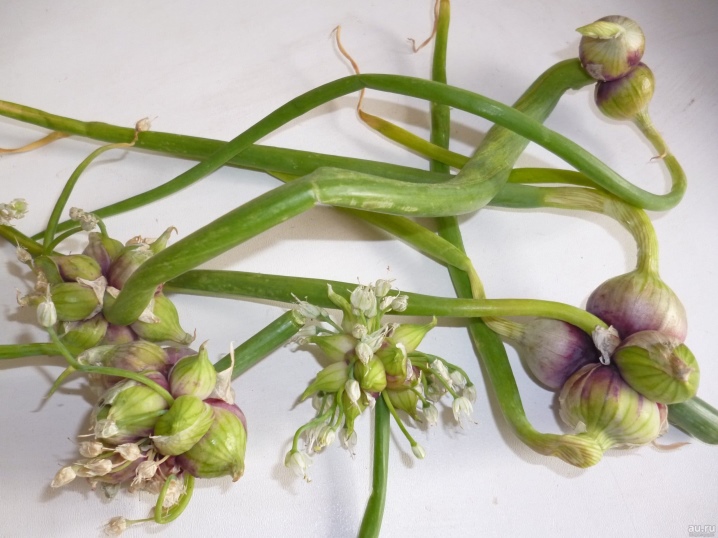
What it is?
A multi-tiered onion also has the names Egyptian, Canadian, horned, viviparous. Outwardly, it is not much different from other varieties. It is still the same dense fleshy stem and tubular-looking green leaves with a layer of bluish wax coating on them. If the plant is in the most favorable conditions, then it is able to form up to five tiers. They mean new air bulbs, from which the so-called feather subsequently grows.
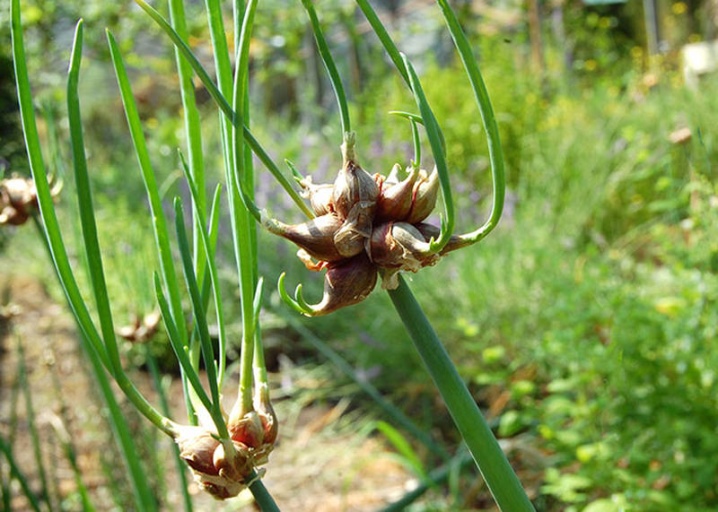
Before the appearance of such, the taste of the plant is quite delicate, slightly sweet, with a slight sharpness, the texture of the onion itself is crispy, juicy. When the bulbs grow, the taste becomes more tart, bitter, and the texture is rough, but still suitable for eating. The underground shoot ripens, perhaps, like everyone else, in mid-September.
Use as a food product can be very different: from raw pristine to marinating, salting and adding to a variety of salads and other culinary dishes as an additional seasoning.

Tiered onions have many health benefits, such as low calorie content, so even people on a strict diet can eat them.
It also has anti-aging functions due to the content of collagen, elastane and essential oils, gives an analgesic effect, helps to normalize the chemical composition of the stomach with low acidity, and improves the regeneration of mucous membranes. Phytoncidal activity of the product contributes to the prevention of diseases associated with the gastrointestinal tract. The product has antibacterial and diaphoretic functions, slightly increasing the current temperature of the human body.
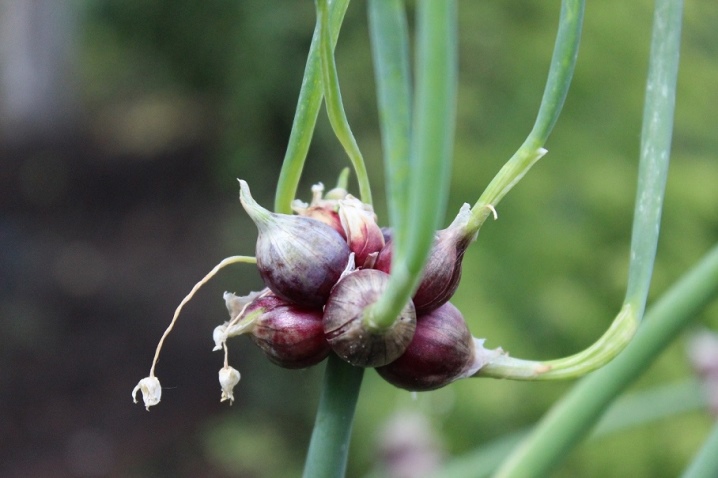
It also has a high content of ascorbic acid, which, as you know, strengthens the immune system and improves overall resistance to various colds, viral and bacterial diseases.
In addition to ascorbic acid, the product contains potassium, which significantly improves blood clotting and prevents diseases of the cardiovascular system.
Popular varieties
There are several varieties of multi-tiered horned onions. The most popular of them in central Russia is the super-early Chelyabinsky. The secret of the high distribution of the variety lies in its unique features. It is distinguished by its ability to produce a large crop and undemanding care and maintenance. During one season alone, the owner of the planting can collect about three and a half kilograms of fresh herbs and up to one kilogram of bulbous shoots.
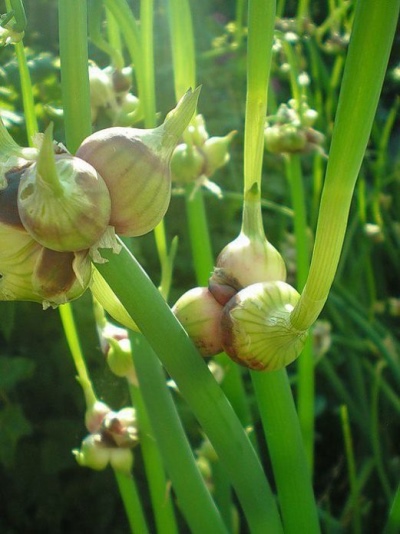
The variety has an attractive dense and crispy texture, as well as a tart, spicy taste with a pleasant aftertaste. It will be possible to harvest the first crop of the “Chelyabinsk” multi-tiered onion after a very short period of time: 20 days after the seeds were planted in the ground.
Less popular varieties are “Likova” and “Memory”. They are also early maturing.
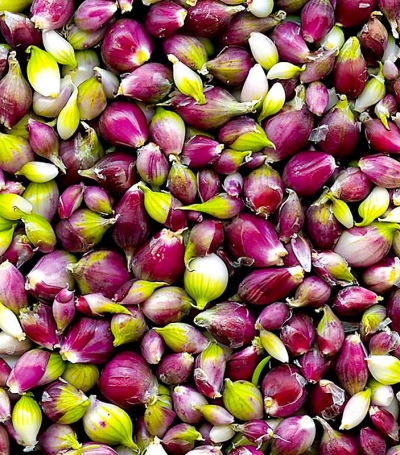
Landing
As mentioned earlier, a multi-tiered onion is an unpretentious plant; it is possible to plant seeds both in open and closed ground. But still there are small nuances that must be taken into account when planting in order to get a good, large and tasty harvest.
- Since the tiered bow classified as perennials, then they plant it in order to harvest in the future (for about five years), avoiding new plantings.
- It is better to plant onions in late August or early September. Thus, it will be possible to take advantage of all the benefits of this culture.
- The best place for landing is to choose a sunny, well-lit, since onions are a very light-loving plant. It is also better to plant on a slight elevation so that excess water does not accumulate.
- For the same reason the soil intended for sowing should be light, airy, granular, so that the developing plant has the opportunity to breathe freely and rid itself of excess water.
- You should also avoid acidic soils., which subsequently will only slow down the proper development of the onion. If the soil is still not without a flaw in terms of its acidity, and there is no better zone on the site, then it would be advisable to add some limestone, gypsum or calcined fertilizers to the soil.
- Also, if the soil suddenly turned out to be too heavy and dense, and the owner does not have another, you can soften it with humus or even ordinary sand.
- Before planting, it is necessary to place the bulbs in a well-diluted weak solution of potassium permanganate (literally for three minutes) to reduce any risks of further diseases of the plant.
- Seeds should be planted at a depth of about 15 centimeters underground., and the distance between landings should be no less than 10 centimeters.
- It is best if the crops begin to grow in a checkerboard pattern. Thus, they will not interfere with each other.
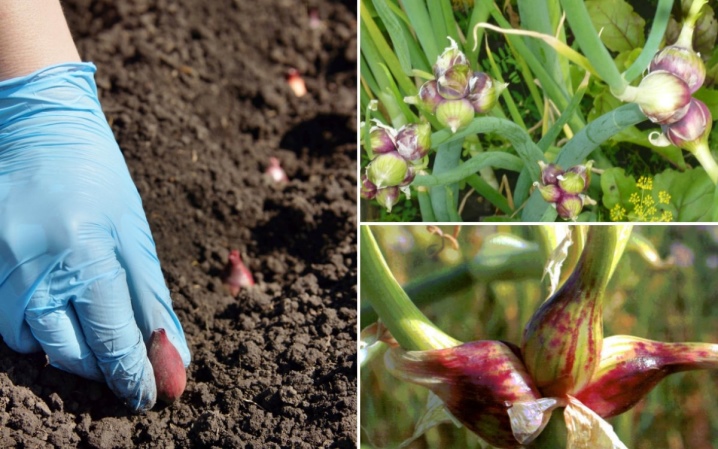
Care
Despite its external unpretentiousness, a multi-tiered horned onion is not a weed in the garden that will grow and develop independently without additional costs and any related conditions from the outside. He needs a special kind of care.
These are the same obligatory watering, top dressing, tying, loosening, clearing beds from debris, including vegetable (dried old shoots, weed residues, etc.), thinning out various kinds of weeds and harmful plants. And, of course, the fight against insect pests and various diseases of multi-tiered onions.

Watering
For a large good crop of multi-tiered onions need moderate watering. If you overdo it with water, then tender onions will begin to deteriorate, rot, become unsuitable for food. Therefore, it is worth watering them only as the soil dries out, using a spray gun or a syringe and be sure to spray the leaves at the same time so that they become more fleshy and juicy. But in no case should you direct a direct water stream to the plant, as this may adversely affect the taste of the final product.
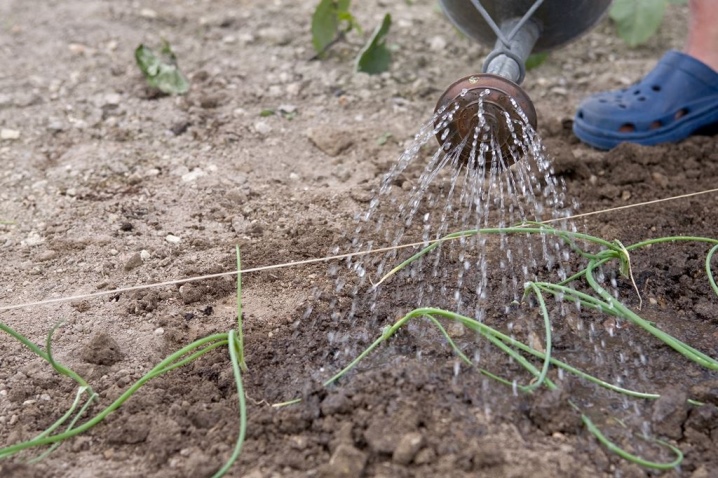
Water must be used slightly warm, for this you can take it directly from a container standing in the garden or from a bottle with a syringe on the window.
Feeding
There are many varieties of plant nutrition, but each needs a special approach. You can fertilize multi-tiered onions using both mineral and organic fertilizers. Potassium chloride, ammonium nitrate, various phosphates are perfect as mineral fertilizers. The solution must be prepared highly diluted, so as not to cause harm instead of benefit.
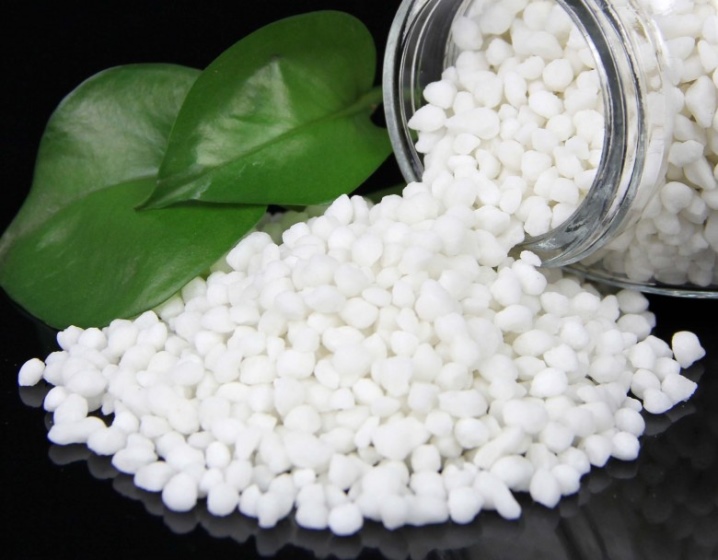
It is recommended to carry out manipulations once every two or three weeks. As organic fertilizers, you can use bird droppings, various kinds of manure, wood ash. One and a half cups of ash is diluted in 10 liters of water. In the absence of access to organic fertilizer, conventional mineral complexes will do.
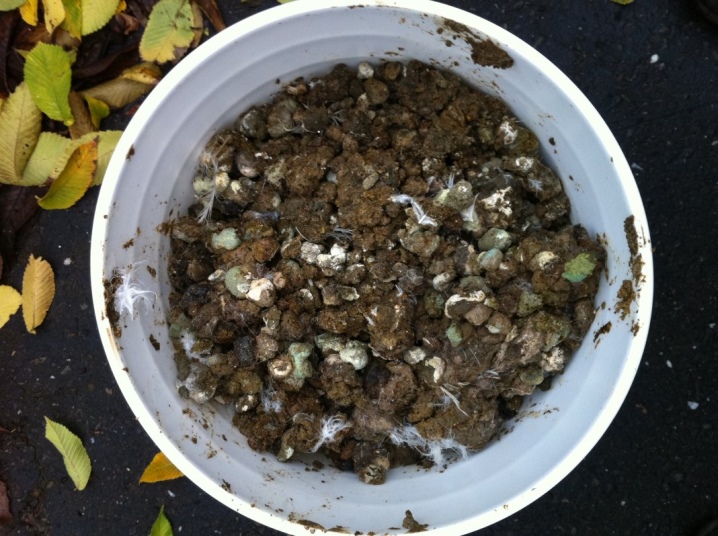
Garter
The bandage must be carried out so that the stems do not break off under the weight of the air bulbs and do not roll to the ground. In other words, for added stability. To do this, you just need to set the pegs on the site, pull twine or ordinary twine between them, collect the upper tiers of the bow and tie them together into peculiar bundles. You can also use various weighting agents.
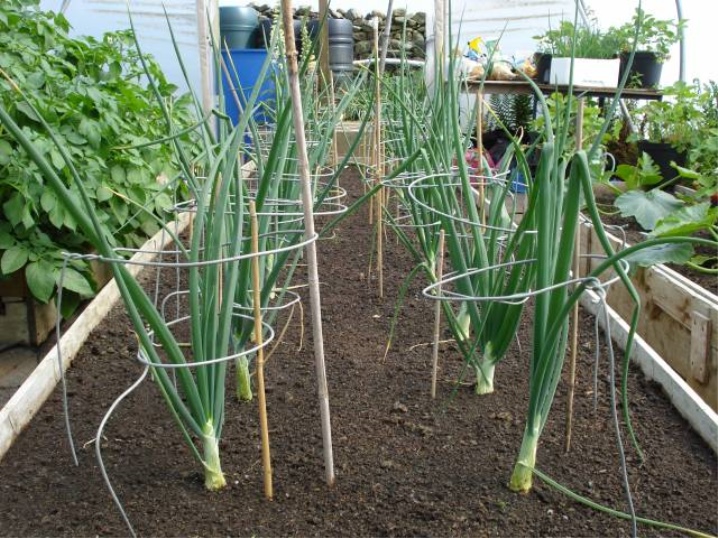
Diseases and pests
For multi-tiered onions, diseases such as powdery mildew and peronosporosis are characteristic.. Powdery mildew is a light whitish coating on the leaves, the causative agents of which are microscopic bacteria, and peronosporosis is yellow, brown, light whitish specks along the border of the leaf of the plant. You can fight this with a weak solution of Bordeaux one percent liquid, which will need to be properly sprayed on the affected areas for a week. It is also possible to create your own medicine at home without buying additional chemicals. To do this, mix soda ash with water: one tablespoon without a slide per liter.
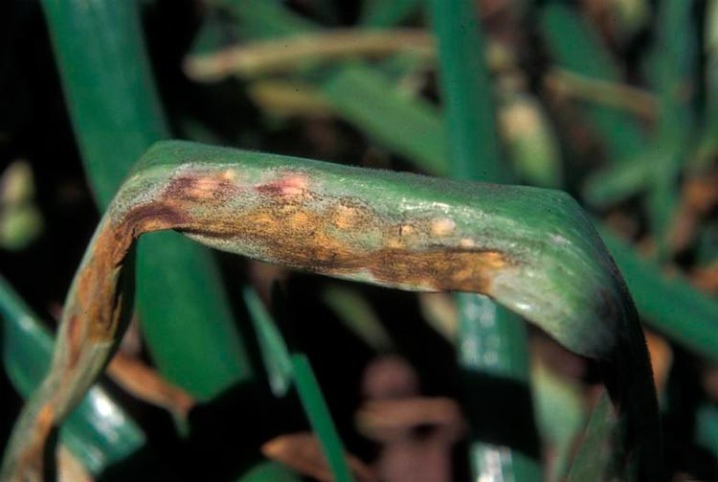
Also, do not forget about insect pests, but in order to prevent them from entering the site, it is not at all necessary to resort to chemical poisoning. To do this, it is enough just to remove dry, spoiled, rotting leaves in a timely manner.
The most dangerous parasite for this type of plant can be considered an onion fly, which does not disdain to lay its voracious larvae on the leaves of a multi-tiered onion. Subsequently, they multiply quickly and with pleasure, being inside young juicy leaves, literally eating them from the inside.
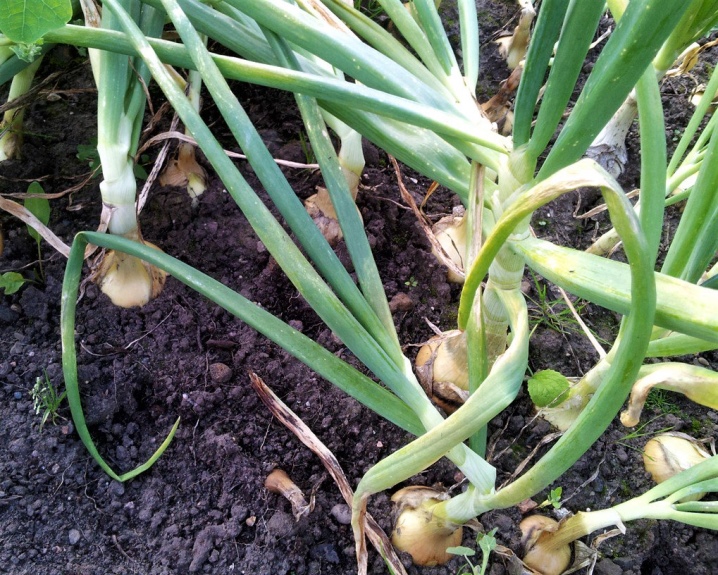
There are also onion weevils, which, with the help of their long proboscis, suck the juices from the leaves. To protect your plantings from a variety of pests, you can go for another little trick. For example, if you plant carrots next to the plantings, then the pungent smell emitted by it will perfectly repel insect parasites. For the same purpose, marigolds are often planted on the site. Wormwood can also be spread next to the plants, which repels most pests.
If it was not possible to cope with folk methods, and the pests continue to parasitize on the bulbs, it will be necessary to apply insecticides. It is important to choose the safest means and not to use them shortly before harvest. Bulbs poisoned by chemicals can be harmful to health.
